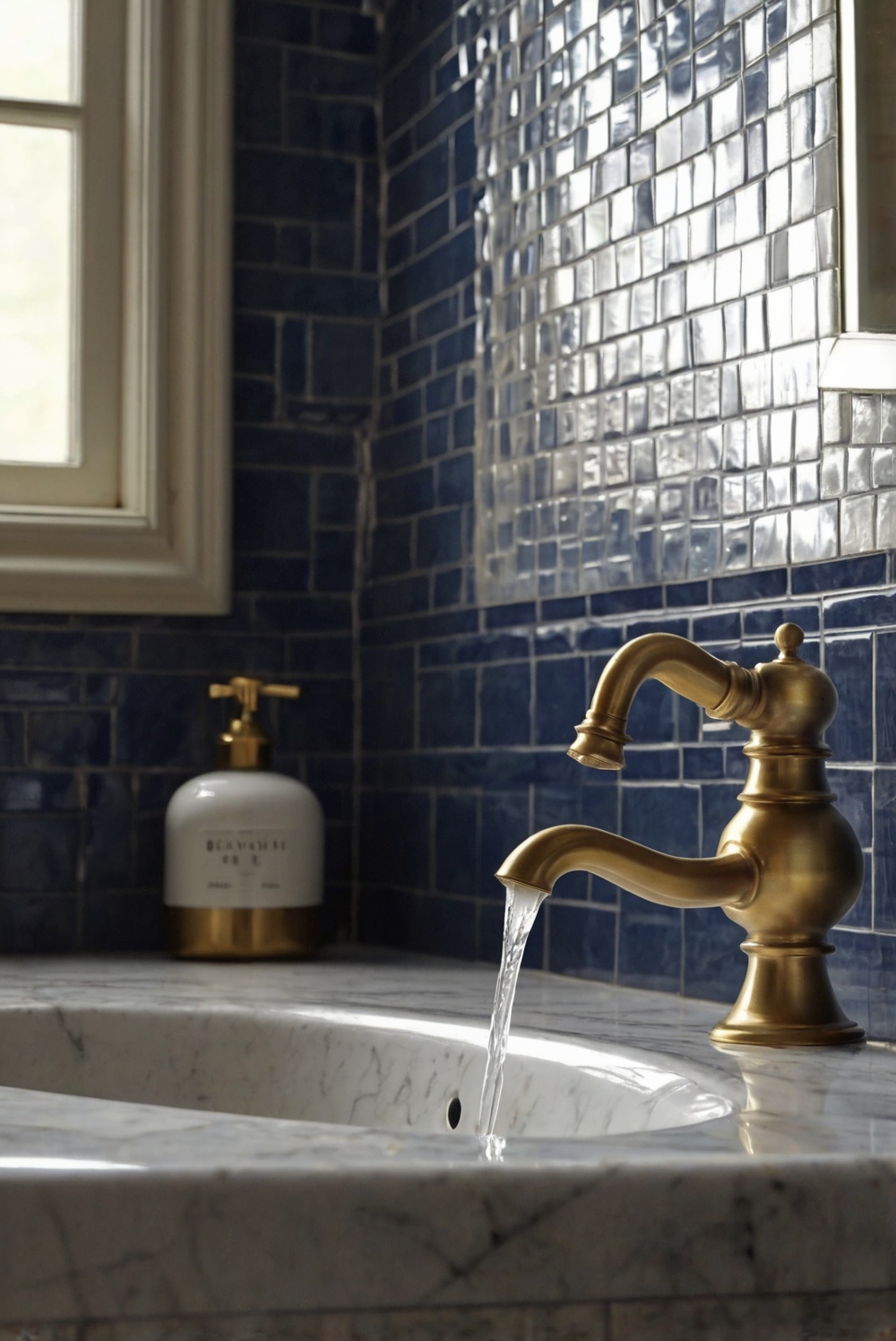Looking to update your bathroom sink drain? Learn the simple step-by-step process for replacing a bathroom sink drain, perfect for enhancing your interior design routine!
Replace a bathroom sink drain is a relatively simple task that can be done as part of your home decorating routine. Here are some steps to guide you through the process:
1. Start by turning off the water supply to the sink and placing a bucket underneath to catch any remaining water in the drain trap.
2. Use a pipe wrench to loosen the slip nuts on the trap and remove the old drain assembly.
3. Clean the area around the sink drain opening and apply plumber’s putty to the new drain assembly before inserting it into the opening.
4. Secure the new drain assembly in place by tightening the slip nuts and reattaching the trap.
5. Turn the water supply back on and check for any leaks.
By following these steps, you can easily replace the bathroom sink drain as part of your home decor interior design project. Consider updating the drain with a stylish finish that complements the overall aesthetic of your bathroom.
What are the important tools and materials needed?
To replace a bathroom sink drain, you will need a few essential tools and materials. These include a pipe wrench, channel-lock pliers, a bucket, a putty knife, plumber’s putty, a new drain assembly kit, and a silicone caulk. Make sure to have all these items handy before you start the replacement process.
How to remove the old drain?
Start by placing a bucket underneath the sink to catch any water or debris that may come out. Then, use a pipe wrench to loosen the slip nut connecting the P-trap to the drain tailpiece. Next, use channel-lock pliers to loosen the lock nut holding the drain assembly in place. Once the lock nut is loose, you can remove the old drain assembly from the sink.
What is the process of installing the new drain?
Begin by cleaning the area around the sink drain opening with a putty knife to remove any old plumber’s putty or debris. Next, apply a new layer of plumber’s putty around the underside of the flange on the new drain assembly. Insert the new drain assembly into the sink drain opening and secure it in place by tightening the lock nut underneath the sink. Finally, reattach the P-trap to the drain tailpiece using the slip nut and check for any leaks.
What are some common problems you may encounter?
Sometimes, the old drain may be corroded or stuck in place, making it difficult to remove. In such cases, you may need to use penetrating oil or a hacksaw to loosen the old drain. Additionally, you may encounter leaks after installing the new drain, which can usually be fixed by tightening the connections or reapplying plumber’s putty.
How can you ensure the new drain is properly sealed?
To ensure the new drain is properly sealed, make sure to apply a sufficient amount of plumber’s putty around the flange before installing it. Additionally, check for any leaks by running water through the sink and inspecting the connections for any signs of water seepage. If you notice any leaks, tighten the connections further or reapply plumber’s putty as needed.
1. How do I remove a bathroom sink drain?
To remove a bathroom sink drain, start by using a wrench to unscrew the nut connecting the drain to the bottom of the sink. Once the nut is removed, you can pull the drain out from the top of the sink. If the drain is stuck, you can use a pair of pliers to help loosen it. Be sure to clean the area around the drain before installing the new one to ensure a proper fit.
2. What tools do I need to replace a bathroom sink drain?
To replace a bathroom sink drain, you will need a wrench, pliers, a screwdriver, and plumber’s putty. These tools will help you remove the old drain and install the new one properly. Additionally, you may need a bucket to catch any water that comes out of the drain during the replacement process.
3. How do I install a new bathroom sink drain?
To install a new bathroom sink drain, start by applying plumber’s putty to the underside of the drain flange. Then, insert the drain into the sink and tighten the nut from underneath to secure it in place. Finally, connect the drain pipe to the bottom of the drain and tighten the fittings with a wrench. Be sure to check for leaks by running water through the sink before finishing the installation.
4. What are common issues when replacing a bathroom sink drain?
Common issues when replacing a bathroom sink drain include stripped or rusted nuts that are difficult to remove, leaks caused by improper installation, and drains that are stuck and hard to remove. To avoid these issues, make sure to use the proper tools and follow the correct steps for removing and installing the drain.
5. How long does it take to replace a bathroom sink drain?
The time it takes to replace a bathroom sink drain can vary depending on the complexity of the job and your level of experience. On average, it can take anywhere from 30 minutes to an hour to complete the replacement process. If you encounter any difficulties, such as stuck or rusted parts, it may take longer to finish the job. It’s important to take your time and ensure that the drain is properly installed to prevent any leaks or other issues in the future.




